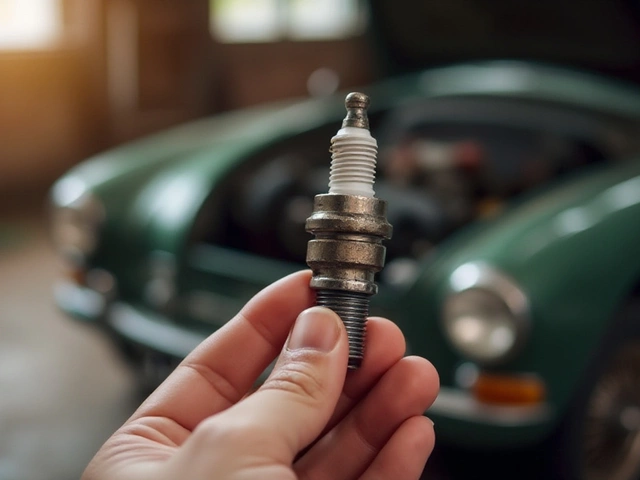Car Radiator Problems: What They Are and How to Fix Them
If your engine feels like it’s about to fry, the radiator is probably the culprit. Overheating isn’t just a warning light – it can scramble the whole cooling system and leave you stranded. The good news is most radiator issues show clear signs before they turn into costly repairs.
How to Spot a Radiator Issue Early
First, keep an eye on the temperature gauge. A steady climb above normal, even after a short drive, means the coolant isn’t doing its job. Next, check the coolant level in the reservoir. Low fluid with no obvious leak often points to a hidden crack or a failing gasket.
Look for puddles under the car. Sweet‑smelling, bright‑green or orange fluid on the ground is a dead giveaway of a leak. You might also notice steam coming from the engine bay, especially when the car is idling. A rust‑colored or brownish hue in the coolant signals corrosion inside the radiator.
Unusual noises are another clue. A high‑pitched squeal can mean the fan clutch isn’t engaging, while a gurgling sound often indicates air trapped in the system.
Simple DIY Steps and When to Call a Pro
Start with a pressure test. You can rent a tester from a local auto shop for under £20. Attach it to the radiator cap, pump it up to the recommended PSI, and watch for drops – any loss means a leak.
If you find a small leak, a radiator sealant can be a temporary fix. Follow the product instructions, add the sealant to the coolant, and run the engine until it circulates fully. Remember, this is just a stop‑gap; a permanent repair will still be needed.
Flushing the cooling system is a regular maintenance chore that prevents many problems. Drain the old coolant, flush with distilled water, then refill with the correct mix of coolant and water (usually 50/50). Do this every 2–3 years or according to your vehicle’s manual.
When the radiator shows major cracks, warped fins, or the fan motor sputters, it’s time to head to a garage. Professionals can pressure‑weld cracks, replace the core, or install a new fan clutch. Trying to replace a radiator yourself is doable, but you’ll need a drain pan, new coolant, and a good set of wrenches. If you’re not comfortable lifting the engine’s front end, let the experts handle it.
Regularly inspect the radiator cap for wear. A faulty cap can’t hold pressure, causing coolant to boil at lower temperatures. Replacing a cap costs just a few pounds and can save you from bigger headaches.
Bottom line: early detection, routine coolant checks, and a solid flush schedule keep radiator problems at bay. If you notice any of the signs above, act fast – a quick fix now saves a big bill later.
 14 March 2025
14 March 2025
How to Know If Your Car Radiator's in Trouble
A radiator is vital for your car's cooling system, and when it goes bad, it can lead to overheating and engine damage. In this article, we'll explore how to spot a failing radiator and the signs that suggest it's time for a replacement. Learn how simple observations and maintenance can keep your car running smoothly. Don't let a bad radiator leave you stranded; gain the knowledge to identify issues early. Keep your vehicle on the road with these practical tips.






0